Active ad blocker users have grown by 11% from 821 million in Q2 2021 to 921 million users in Q2 2023, as per a Hubspot study.
At the same time, global ad blocking costs a publisher $54 billion with ad filtering and $116 billion without ad filtering in 2024. These data and predictions reflect that the ad blocking is not going to slow down.
So, now it is in your bag to find strategies to recover revenue from these ad blockers. This article lists the potential ad blocker recovery strategies, keeping in mind the motivations that drive users to block ads. Let’s begin.
Why Is Ad-blocking Rate Increasing?
Before jumping straight to strategies, analyzing the reasons for the rise in ad block rate is important. These reasons pave the way for finding adaptable solutions that meet the end goal, which is revenue recovery.
According to the GWI report, ad clutter and irrelevant ads are the two primary reasons that motivate users to block ads. Intrusive ads, technical complexities, and data privacy are other reasons following the list.
Most users implement ad blockers because they don’t want their data being used for personalization and it compromises online privacy, as per the report. You can use this as a benchmark, but analyzing your site data is ideal to find suitable fixes. 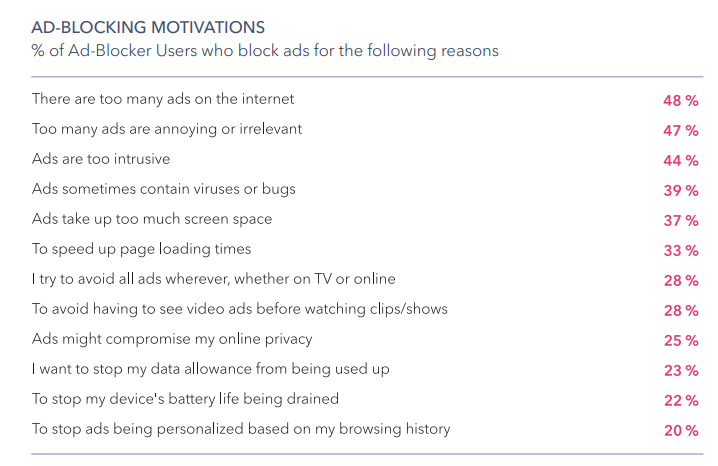 Source
Source
Top Ad Block Recovery Approaches
Let’s examine the ad block recovery approaches used to find a way around the concerns users have about using ad blockers.
Relevant ads
If a user blocks ads for various reasons, how can they be reached? One optimal solution is relevant ads. According to the GWI report, relevancy is most the important factor that nurtures users to buy products.
Contextual advertising is another prospective method for ad block recovery. It shows non-intrusive ads as they are relevant to the page context. In fact, a study by Nielson also suggests that 72% of their targeted audience group preferred contextual ads and were least irritated by them.
Refresh Page Code Frequently
Ad blockers closely monitor the ad call and responses, passing in and out of the site, to find the ad calls matching their blacklist. They almost use the same pattern to detect ad-related calls. So, updating the page code frequently is one plausible method for ad block recovery.
But how do you do it?
- You can regularly manipulate the class and ID names associated with ad elements. In doing so, ad blockers will take time to detect the changes and act. The frequent updation cycles make ad blockers work again from scratch.
- You can also encrypt or obfuscate code to make it hard for ad blockers to detect. It includes removing whitespace, shortening the variable name, and obscuring the Javascript functions.
Rewarded Video Ads
It is one of the smartest ways to recover revenue from ad block, where you can motivate users to lift the ad blocking and get your ads seen. It mutually works for publishers and users as they are rewarded with something valuable in exchange for seeing ads.
It is the most common practice amongst the gaming sites. You can offer in-app rewards like new weapons, extra life, or game currency in return for watching ads. This strategy improves the video ad viewability. Considering the cost of viewable impressions of video ads, rewarded ads are highly lucrative.
Branded Content
Branded content is 100% immune to adblocking because there is no involvement of tags/scripts/codes or any other kind of third-party tech solutions to deliver the marketing message. The valuable content and the ad blend in such a way that the mixture is informational and commercial. As per CMI:
“Branded content is a content creation tactic, typically produced through a sponsored or paid partnership between the brand and the media, that encourages audiences to engage with the brand based on its entertainment, information, and/or educational value.”
If done well, branded content can do wonders for brands/advertisers. It can increase the brand recall value by 59 percent. Due to its effectiveness, branded content is not a small-time game either. Publishers like BuzzFeed, The New York Times, The Wall Street Journal, and Bloomberg charge a minimum of $100,000 for branded deals.
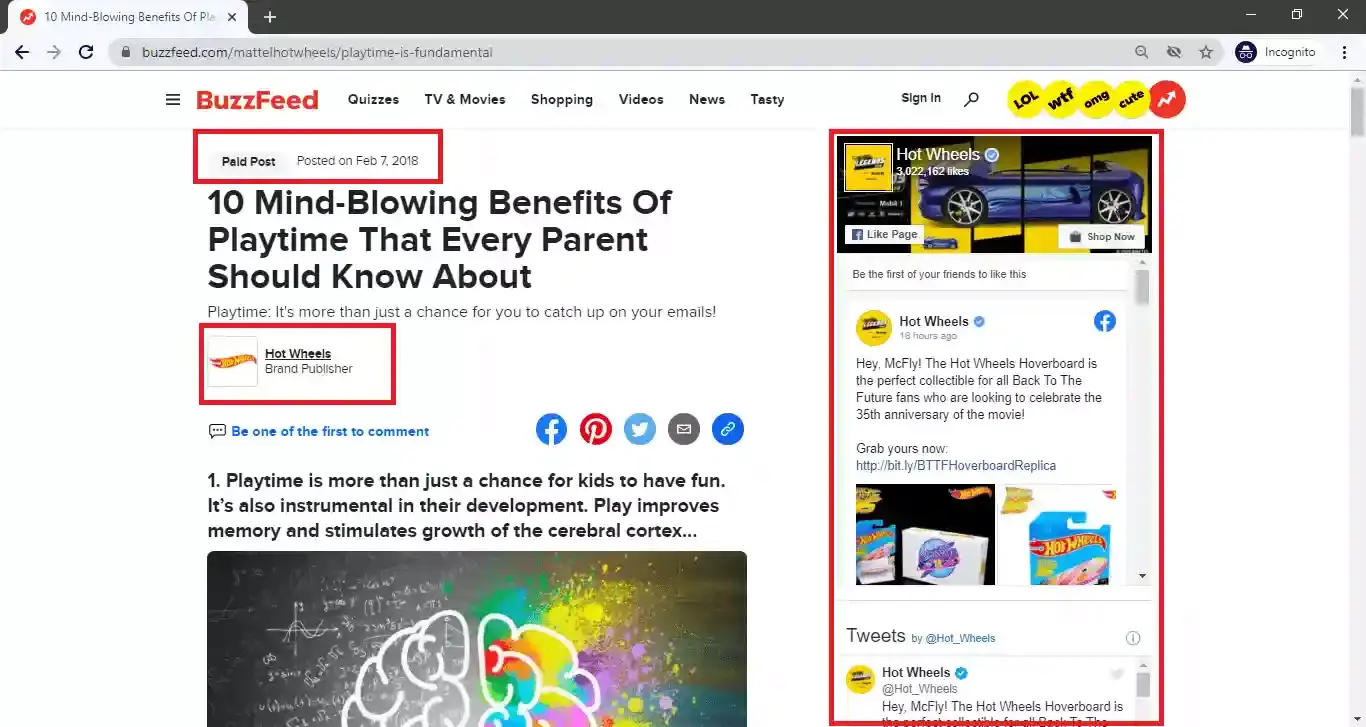
Allocate some resources from your sales team to find sponsorship deals to run branded content. Have an ‘Advertise with us’ page on your site so brands can contact you directly. Observe the sites in your niche, and see who is sponsoring branded content on them to find your potential clients.
Also, observe the programmatic ads on your site and try to approach the advertising brands directly. Google Ad Manager reports have dimensions like Advertiser, Advertiser domains, Advertiser verticals, and Brands that can help you zero down the advertisers to contact.
Paid Subscriptions
Most of the web is free, but many publishers still charge for their content, and their loyal followers are ready to pay. What is so special about these publishers? Unique content, trust, authority, and valuable content, there can be many factors that convince users to pay for the content. Still, the bottom line is that these publishers are not completely dependent on ad revenue.
What can you offer in your subscriptions? Exclusive content, ad-free experience, podcast access, newsletters, premium resources, the list is endless. Paid content is valued highly among the audience. The average revenue per user (ARPU) is seven times more with paid subscriptions when compared with advertising.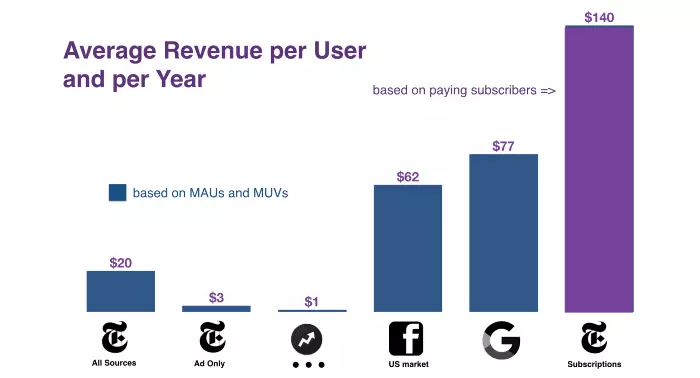
But how do you get paid subscribers? The Economist uses LinkedIn to gain subscribers. It has tripled the number of subscribers and doubled the traffic from LinkedIn in 2020 by posting stories consistently. The Atlantic finds the pieces of content that can convert visitors on the spot. Later, it ensures that the subscribers develop the habit of reading its content by applying various strategies.
Bloomberg Media offers bundled subscriptions to access multiple at a discounted price. The discount helps in converting the visitor easily. Danish publisher Zetland sponsors podcasts to attract subscribers; it has also run paid campaigns on social media for the same purpose. On the other hand, sports publisher The Athletic runs 120 podcasts for its paying subscribers. Many publishers run ad campaigns on their sites to promote their subscriptions.
Ads Standards
Ad blockers do not block every ad on the web page. Adblock Plus, the most prominent adblocker in the industry, has a set of “Acceptable Ads” that can be exempted. Acceptable Ads are considered non-intrusive; hence, the extension does not block them.
First, you must adopt the Acceptable Ads standards on the official website. Later, you have to get whitelisted by the Acceptable Ads committee. Depending on the size of your publishing business, you may also have to pay for the membership.
You can serve the ‘Acceptable Ads’ to Adblock users once whitelisted by the committee. But remember that a minority of Adblock users have opted to block every kind of ad; no ads will be delivered to such users, whether acceptable or not.
Similar to the Acceptable Ads Committee, there’s the Coalition of Better Ads, a much more respected consortium in the industry that works for user experience on the web. The Coalition of Better Ads gives us the Better Ads Standards. Chrome’s inbuilt ad blocker can block the ads on your site if you do not adhere to the Better Ads Standards. So, stick to the standards to avoid getting blocked by Chrome.
Server-Side Ad Insertion
Server-side ad insertion is suited to avoid video ads getting blocked. Traditional techniques like VAST and VPAID stitch the ads with the content on the client-side (browser). The ad-blocking solutions can easily distinguish the ad from the content when the stitching process occurs on the client side. It becomes easy for the software to block the ads when spotted.
Server-side ad insertion conducts the stitching process before the ad, and the content reaches the client (browser). As a result, the ad and the content reach the client in a single stream, proxied from the same server. The software cannot differentiate the ad, hence failing to block them.
Whitelisting
We have mentioned this earlier, and we are suggesting it again because it is the best, simplest, and most straightforward approach to dealing with ad blockers. Whenever users with adblockers reach your site, you ask them to either turn off the ad blocker or whitelist your site. You can also choose to educate the user about the importance of ads for the open web. There are solutions like Blockthrough, Uponit, Blockadblock, etc., to help you with it.

Connect with a solution provider
Analyzing your website’s ad block rate and reasons to implement adaptable ad block recovery solutions is ideal in most cases. However, considering the time, resources, and cost involved in the process, it could reflect negatively on your ad revenue in addition to the loss already caused by ad blockers.
Hence, time is not with you, and you need an immediate and effective solution. To achieve that, it is ideal to connect with a solution provider that offers intelligent ad block recovery solutions. Since they have been in the field for a long time and are equipped with an essential tech stack, they could work on your ad-block recovery fast and efficiently. You can also recover the revenue lost to ad blockers or at least reduce the rate of loss in a short period.
Are you looking for reliable ad block recovery solutions? Contact us to meet with a leading adtech monetization partner.
Other Industry Solutions
Google Funding Choices
Funding Choices allows your visitors to fund your publishing business if they do not wish to see the ads on your site. With Funding Choices, you can ask AdBlock users to allow ads, buy a Contributor Pass, or opt for any other choices you provide.
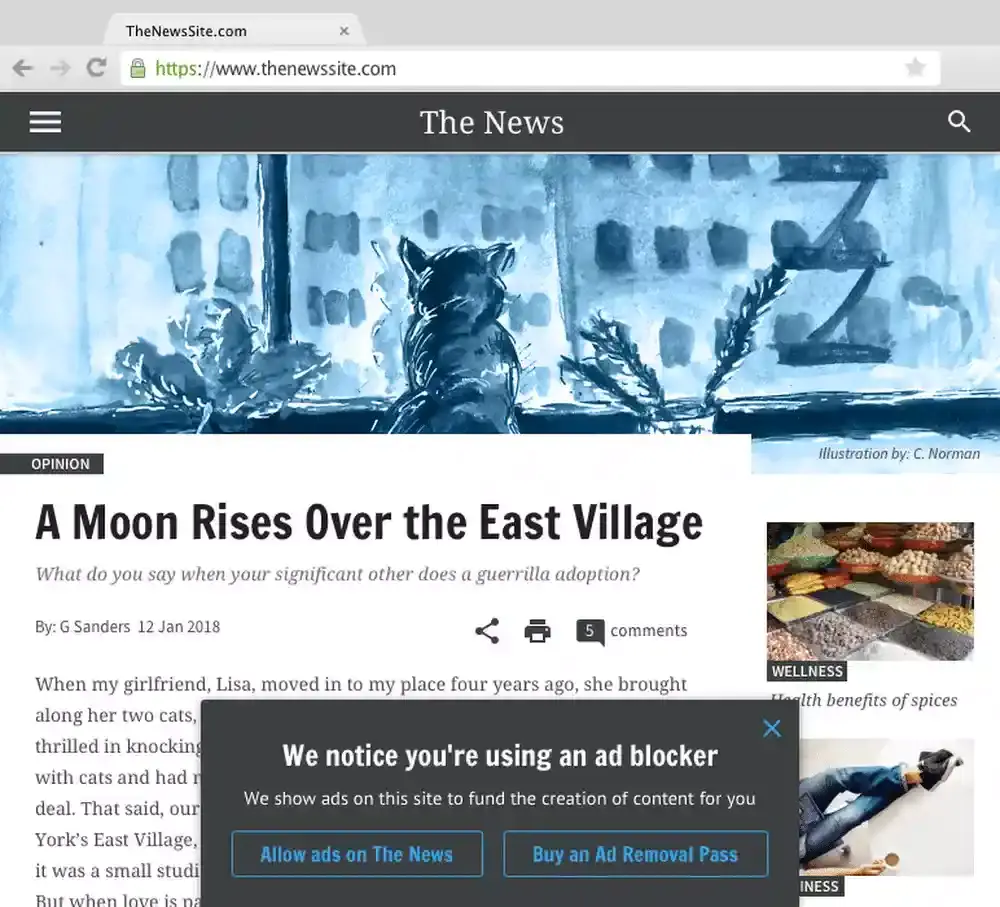
You can also give metered access to visitors.
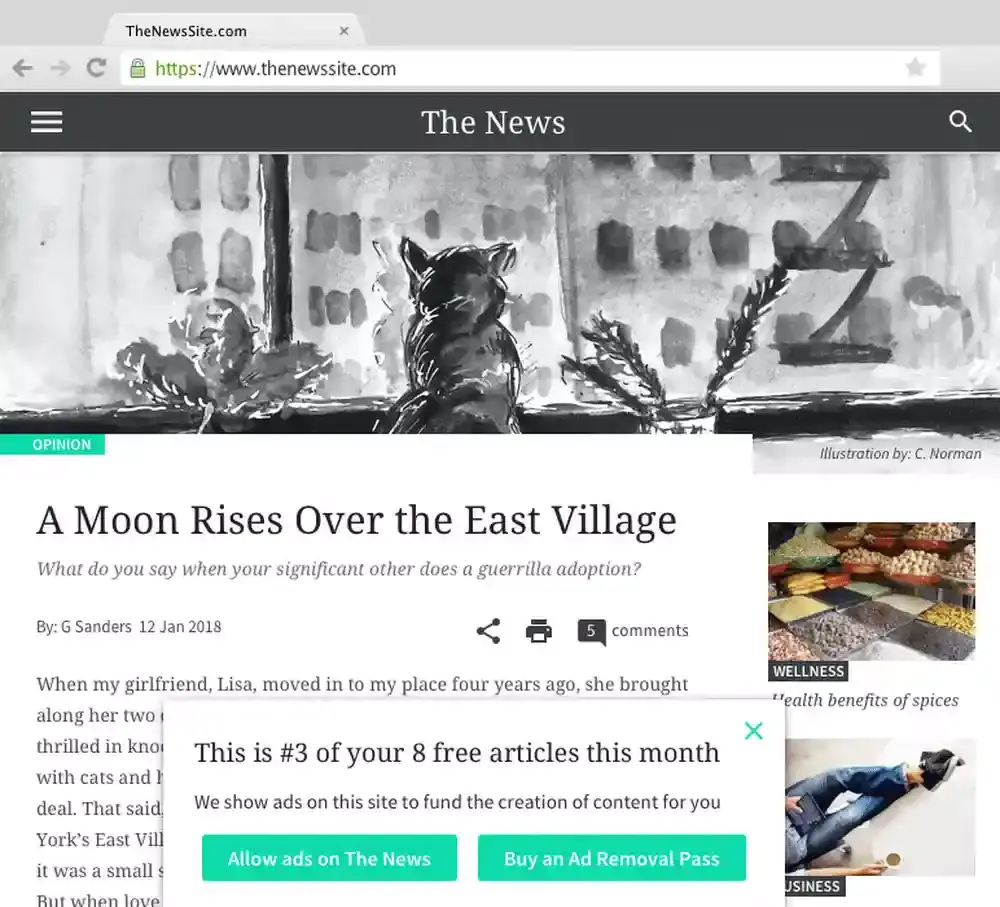
What’s Next?
Interruptions, distractions, security, speed, etc., are some reasons behind ad blockers’ use. Every publisher should try to balance ads and user experience to ensure that no visitor needs to install ad blockers. At the same time, as the number of ad-blocking users continuously increases, you must keep finding new ways to recover your revenue from them.























